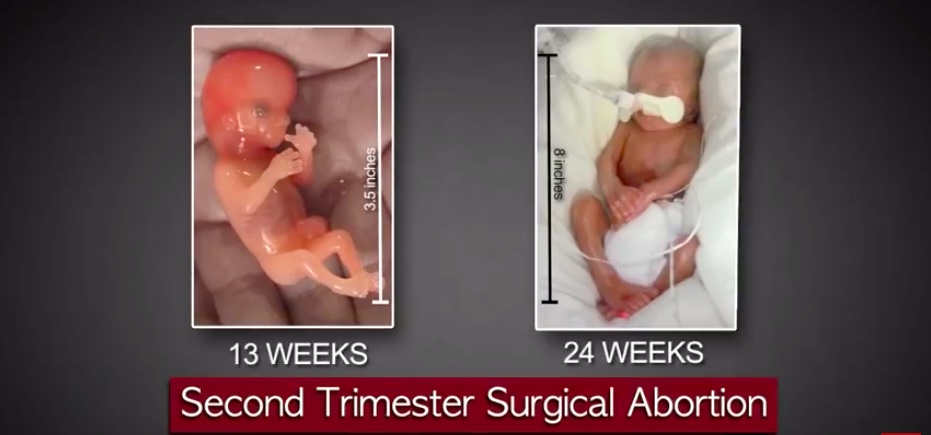A Montana judge has denied Planned Parenthood’s attempt to block a pro-life state bill from taking effect before it has even been signed into law.
House Bill 721 would prohibit the use of the D&E dismemberment abortion procedure, which is the most common abortion procedure used in the second trimester. It involves dismembering a child as the abortionist tears off the child’s legs and arms with forceps before crushing her skull. Research shows that preborn children likely begin to feel pain by the end of the first trimester.
The bill has cleared the House and Senate but has not been signed into law yet by Governor Greg Gianforte. If he does sign the bill, the law would take immediate effect, prompting Planned Parenthood to take action to keep the procedure legal. In court documents, attorneys for Planned Parenthood of Montana argue that the bill’s effective date would cause abortion-seeking women and abortionists “irreparable harm” in that it would deny their constitutional rights.
First Judicial District Court Judge Kathy Seeley said that the motion for a temporary restraining order of the bill was premature. “No bill has been signed. Thus, no ‘law’ to enjoin today,” she wrote. “Denied as premature.”
Planned Parenthood of Montana CEO and President Martha Fuller claimed D&E abortions are “one of the safest” abortion procedures for women, however, it is an extremely dangerous procedure that has led to death and extensive bodily damage for women, in addition to the intentional deaths of preborn children.
Upon Seeley’s ruling, Fuller said that the abortion giant had moved to block the yet-to-be-enacted law “in order to make sure that no patients lost access to care.” She said Planned Parenthood “stands ready to re-seek relief once it becomes law.”
“The fact that the bill hasn’t even come to the governor’s desk for his review and Planned Parenthood is already running to court tells Montanans everything they need to know about the far left, pro-abortion group and its extreme tactics,” said Gov. Gianforte’s spokesperson Kaitlin Price. She did not comment on whether Gianforte intends to sign the bill into law.
Press secretary Emily Flower noted, “The Legislature and Governor should be free to conduct the people’s work without the meddling of the courts. Planned Parenthood is not entitled to special treatment and must follow the same procedure as every other litigant. What’s next — Planned Parenthood bringing a lawsuit to stop the Legislature from considering any bill that touches the topic of abortion?”
The D&E abortion procedure is never medically necessary, as it exists only to ensure that the preborn child dies. In an emergency, a doctor can perform a C-section, which takes less than an hour, and attempt to save the lives of both mother and child. (If a child dies unintentionally due to medically necessary premature delivery, this is not considered an induced abortion.) A D&E abortion procedure takes longer and is arguably more dangerous.
Research from the National Institutes of Health’s (NIH) National Library of Medicine: Risk factors for legal induced abortion-related mortality in the United States, found that a woman’s risk of death from abortion increased by 38% for each additional week of gestation.
Additional research published in Obstetrics and Gynecology revealed that “late-term abortions carry a 91 times greater risk of death than first trimester abortions.” And research published by BMC Women’s Health found that “[g]estational age and the method of surgical abortion have been reported to be the most significant and interrelated factors that cumulatively affect abortion-related morbidity” and that the risks of complications “increase exponentially with increasing gestational age.”
Abortionists have admitted to the brutality and danger of the D&E procedure. Abortionist Willie Parker admitted, “There’s a higher chance of perforating the uterine wall with the forceps or doing damage to an adjacent organ, and a higher risk of leaving some part of the pregnancy [fetal body parts] behind….”








